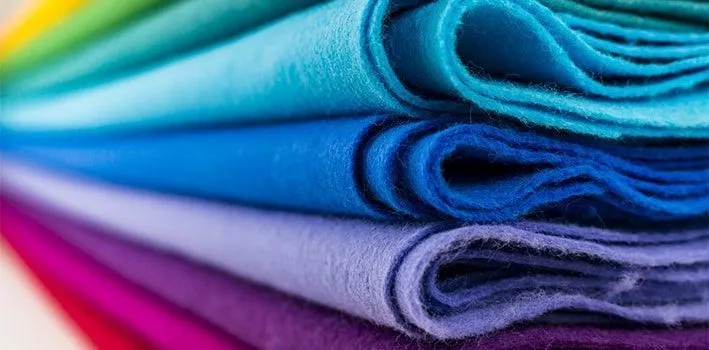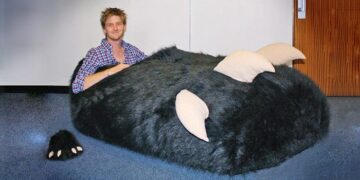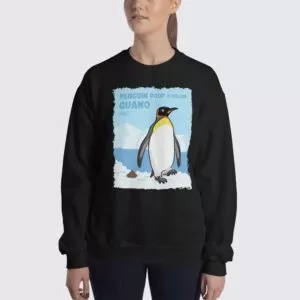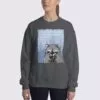Sustainability has become an issue that is increasingly discussed in day-to-day life, and no longer just in the form of plastic straws.
Many consumers are now more aware of how every item they purchase is created with no exclusion to how clothing is made.
What are the common myths?
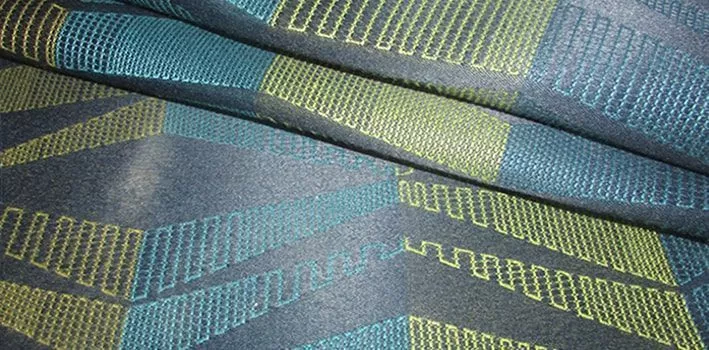
One of the most wasteful parts of the clothing manufacturing process is the materials used to produce each piece.
A large misconception is that textile is sustainable if it comes from a natural fiber.
Some natural fibers end up being more harmful to the environment than synthetic products, based on the process they go through to become a working fabric or even in the process of their growth.
There are factors of each fabric that need to be considered beyond just the fiber content.
Dyeing is one of the most harmful phases in the development of clothing and has been turning rivers in areas near dye houses different shades of the rainbow from toxic dye chemicals.
Many dye houses around the world are now making efforts to meet the Bluesign certification standards by either switching their entire production facilities or creating certain dye to fit their eco-friendly standards.
Other companies are providing solutions by reducing the amount of water used during the dye processes.
How to spot sustainable products.
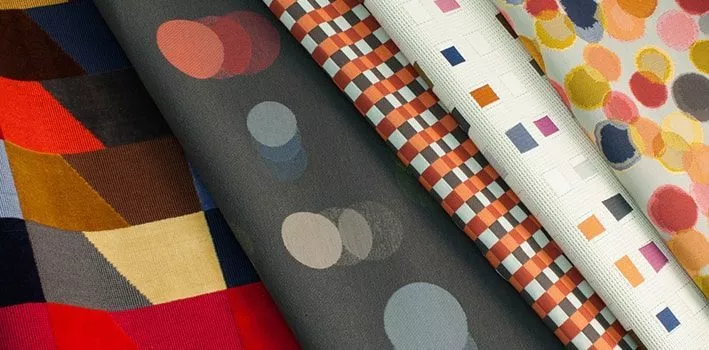
One of the easiest methods for people looking to find more sustainable alternatives to what they wear is to pay attention to the types of textiles they are purchasing.
Aside from reading the label on the shirt or asking the store clerk, you can also do your own research on the types of sustainable type of fabric.
Of course, anything that’s bought from a thrift store or a hand-me-down’s the safest bet!
The different types of sustainable fabric.
Tencel, a branded form of lyocell, is a fiber made of renewable wood that is also biodegradable.
It is made by Lenzing AG in Austria and is often used as an alternative to cotton, finding its way into denim, activewear, and even footwear.
Hemp is one of the most commonly thought-of textiles when it comes to natural fibers, and for good reason.
This textile is similar to linen and has beneficial qualities such as blocking UV rays and breathability. The fabric is created from the stem of the plant and is sustainably grown, requiring little water and no pesticides.
Linen is a classic sustainable apparel and home textile with roots going back as far as ancient Egypt.
It is derived from the flax seed, which can be grown with no waste if grown in the proper climate. Often it is grown in countries such as Belgium, the Netherlands, and France.
The growing process of conventional cotton is one of the most water-intensive processes in the textile industry and uses chemicals harmful to both the planet and the farmers growing the crops.
Organic cotton doesn’t use cancer-causing pesticides and does not include genetically modified crops leading to significantly less of an environmental impact than traditional cotton.
Piñatex is a vegan leather alternative made out of pineapple leaf fibers. The fibers are by-products of the farming industry, so are not creating any extra waste. The fabric is gaining popularity after being featured in Vogue in 2017 and also being one of the main fibers in H&M’s Spring 2019 “-eco-conscious collection.”
As a sustainable alternative to nylon clothing, brands are now beginning to use Econyl. The fiber is created by the company Aquafil out of Italy and extracts nylon from recycled synthetic waste. This fiber is best used on items that do not have to be washed as often since microplastic comes off during the wash cycle and back into the water stream.
Wool is a fiber that is sustainable throughout its life cycle. From its origins as a renewable resource to being a fabric requiring less washing during its use phase to biodegrading at the end of its lifespan, it qualifies as one of the most eco-friendly textiles.
To easily find the most sustainable textiles look for apparel companies using textiles that are confirmed eco-friendly with certifications such as GOTS, Bluesign, and OEKO-TEX.
